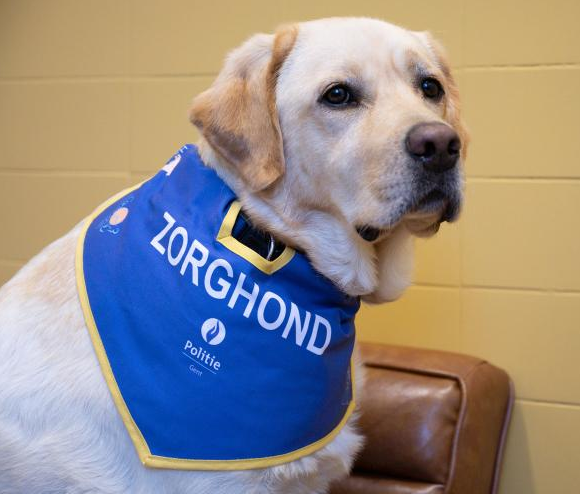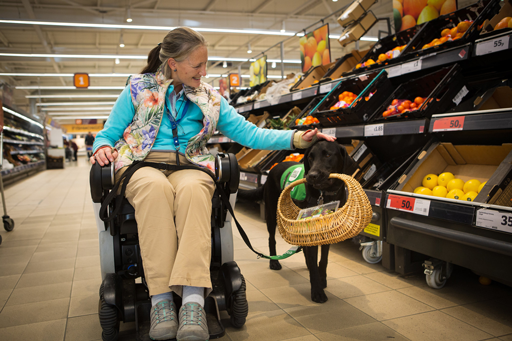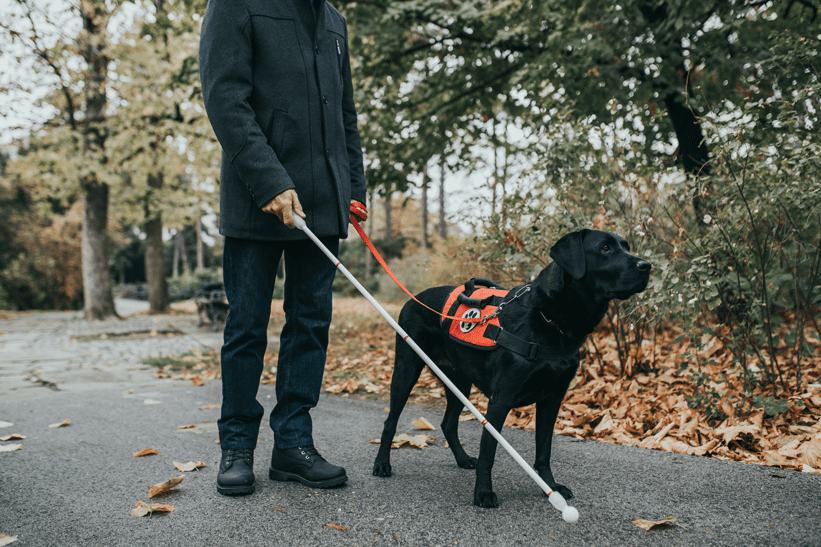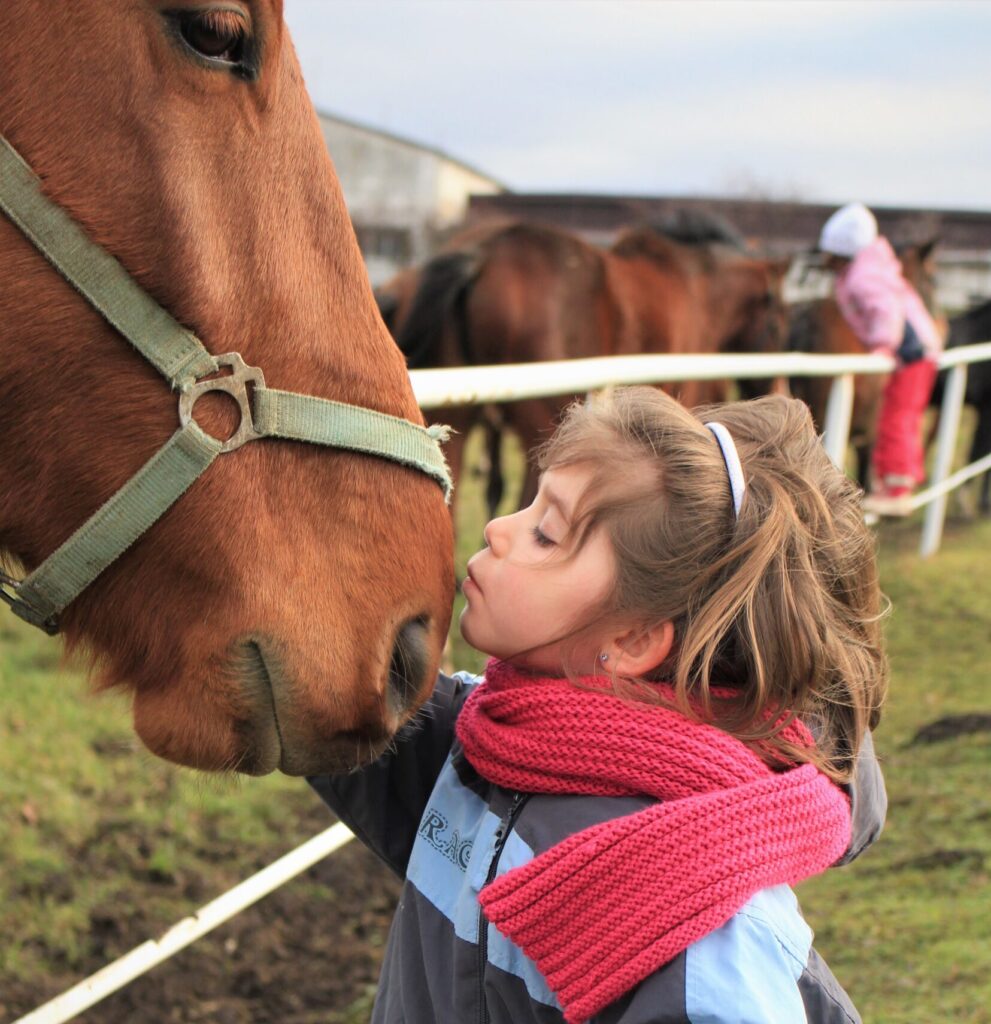Assistance animals: helping people live better lives
Assistance animals perform amazing jobs, from supporting adults and children with a range of disabilities to helping police officers with their work by using their amazing sense of smell. In this blog we will dive into the world of these ‘superhero’ animals and the work they do.
Dogs can help law enforcement with their work
Police dogs have saved many lives with their unique skills and bravery. They are loyal, watchful, and protective of their police officer counterparts and are often deemed an important and irreplaceable part of many police departments.
Police dogs today are trained in specific areas, including: tracking criminal suspects or missing persons; detecting a specific substance such as explosives, drugs or illegal wildlife; maintaining order and crowd control; or finding injured or trapped people; and even finding dead bodies.
Dogs can smell diseases in people
Dogs have a very powerful sense of smell and use their noses to “see” the world. Their noses are so powerful that they can notice small changes in how we smell, meaning they can sniff out signs of disease.

Medical Detection Dogs has been able to train dogs to detect two types of cancer through scent, allowing for less invasive diagnosis for people. But cancer is not the only illness that they can be trained to detect, dogs can also smell signs of:
- Diabetes
- Covid-19
- Parkinson’s disease
- Malaria
- Seizures
Some of these dogs are also trained to offer assistance in response to a fit or seizure. Some alert dogs are trained to stay close to their person during a seizure. They may also be trained to bark until help arrives or to find the nearest human and lead them back to their person. Diabetes alert dogs are also trained to fetch the person’s insulin kit to make it easier for them to respond to a hypo.
Dogs can help people with physical disabilities

Dogs can be trained to help with practical tasks that many people with disabilities find difficult or impossible to do, such as:
- Opening and closing doors
- Helping with dressing and undressing
- Retrieving items such as mobile telephones or dropped articles like keys or a bag
- Loading and emptying the washing machine
- Pressing a pedestrian crossing button
- Reaching up to shop-counters with items such as a wallet
With these skills, assistance dogs can support both children and adults with a disability. By performing these everyday tasks, they give their human companions more freedom, independence and confidence in their daily lives. Not to mention lots of love and companionship! It’s also important to mention that assistance dogs are allowed by law to accompany their partner into public places such as shops, restaurants and to travel on public transport. This fact is sometimes ignored in public places, causing concern for the assistance dog.
Dogs can help guide the visually impaired
Guide dogs help visually impaired people feel more confident and independent as they go about their daily routine. They help their companions by helping them walk safely in public places, guiding them around objects and people, avoiding trip hazards, and locating shop doors and crossings. These dependable dogs spend up to two years training to learn their jobs perfectly!
Dogs can help the hearing impaired
Hearing dogs are raised similarly to guide dogs for the blind. Their job is to alert hearing impaired people to various sounds. They can stop their person from stepping off the curb if there is a car coming, physically alert to alarms, door bells/knocks, and other noises that could be relevant to the person.
Dogs can help with psychiatric challenges
Dogs can be trained to help people coping with various mental health issues. PTSD dogs for example help those suffering post traumatic stress disorder. They may be trained to walk ahead of their person or turn on the lights in a room before the person enters.

Dogs and other animals can help out in the classroom
Classroom or even school pets have been shown to help children grow and develop. They help to teach children responsibility as they lend a hand in caring for a living being. School pets can also help with decreasing anxiety in children, with confidence building, with academic development and even improving attendance. And children with conditions like ADHD and autism can benefit from a classroom pet as they can help focus their attention.

All kind of animals can provide all kinds of therapy for people
A variety of animals can work as therapy animals with the most common being dogs and cats, rabbits, horses, and donkeys. We’ve even heard of therapy pigs and mini horses! There are several therapy approaches in which animals can be involved, Animal Assisted Therapy (AAT) or Animal Assisted Interventions (AAI).
The exact type of animal therapy can vary greatly depending on what condition the person has, the type of animal, and what kind of therapy they provide. For example, therapeutic visitation animals are often pets that are trained and taken to hospitals, nursing homes, rehabilitation facilities, and other locations, to provide comfort and joy for people living away from home due to mental or physical illnesses. Animal assisted therapy animals often work with physical and occupational therapists in a rehabilitation setting. Facility therapy animals are often dedicated to a specific nursing home or assisted living facility to assist residents with Alzheimer’s, dementia, or other mental illnesses.
Animals assisting with therapy is built on the premise of the human-animal-bond (what we call #PetPower). Interacting with animals truly has many benefits on our physical and mental health! I think we can all agree that assistance animals are pure #PetPower! If you are able to, consider supporting your local assistance animal organisation. And if you want to learn more about how assistance animals are trained, read this.


